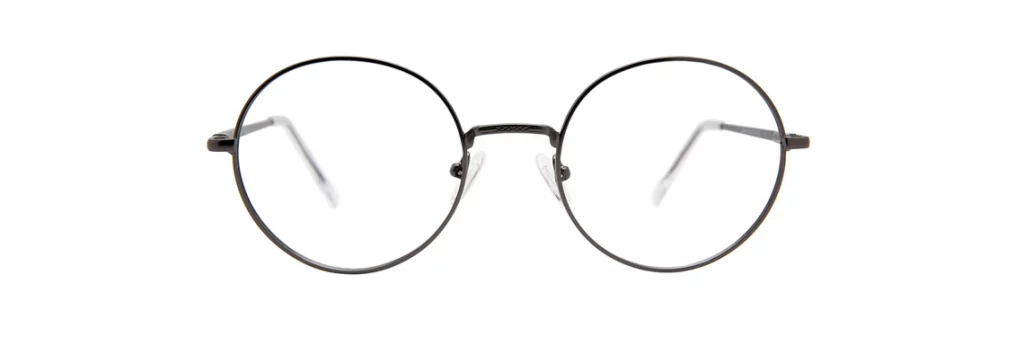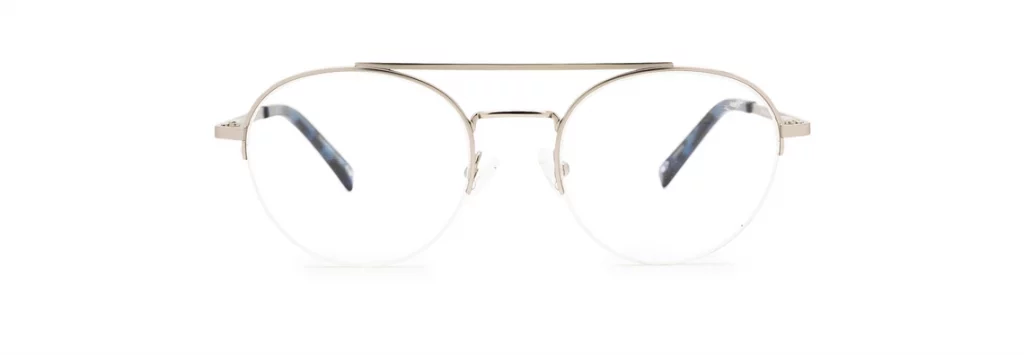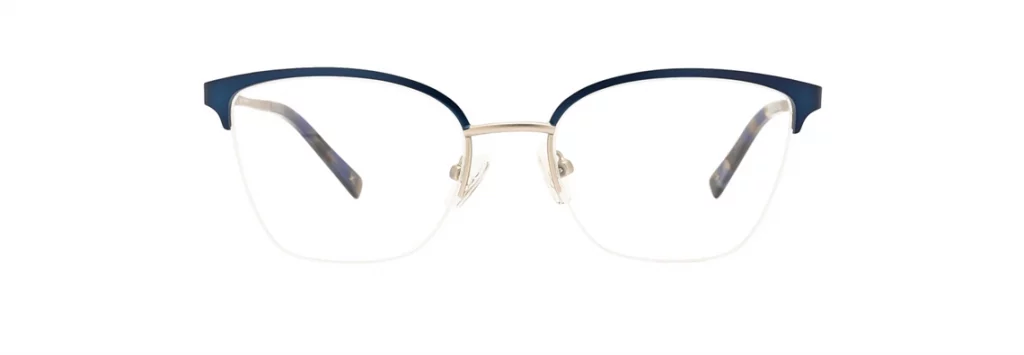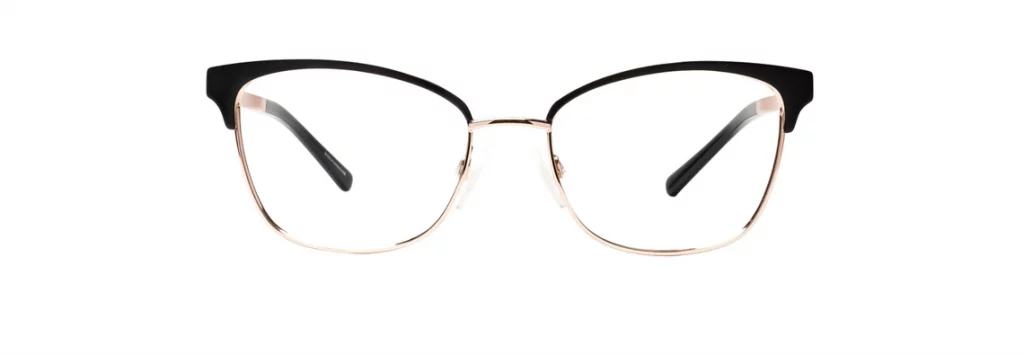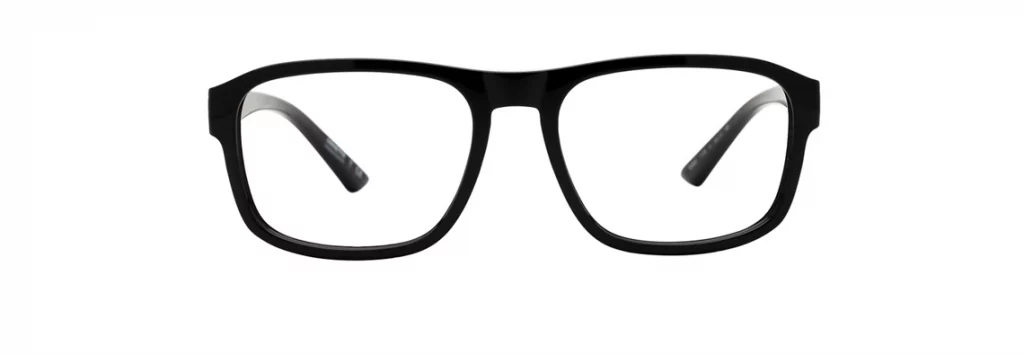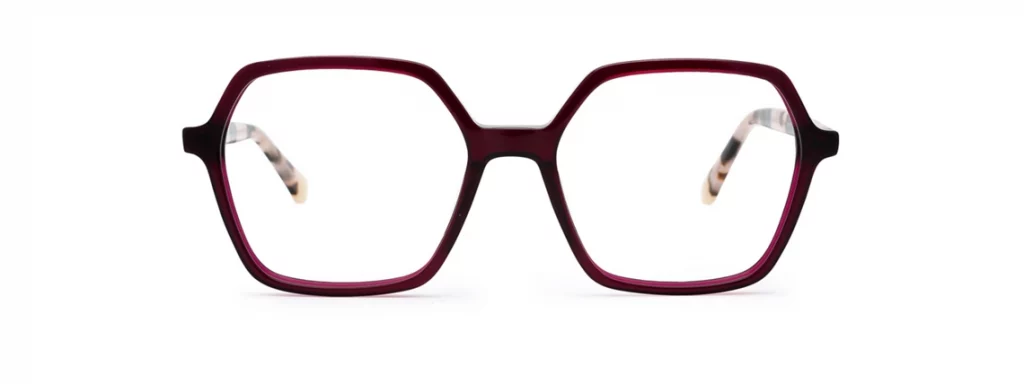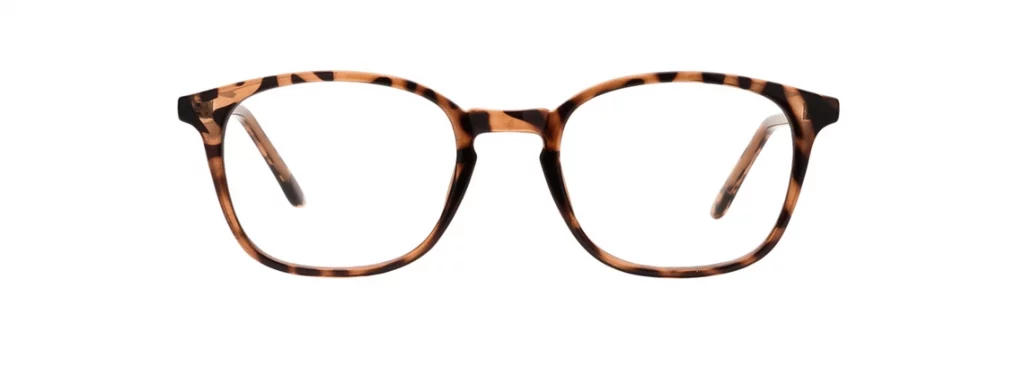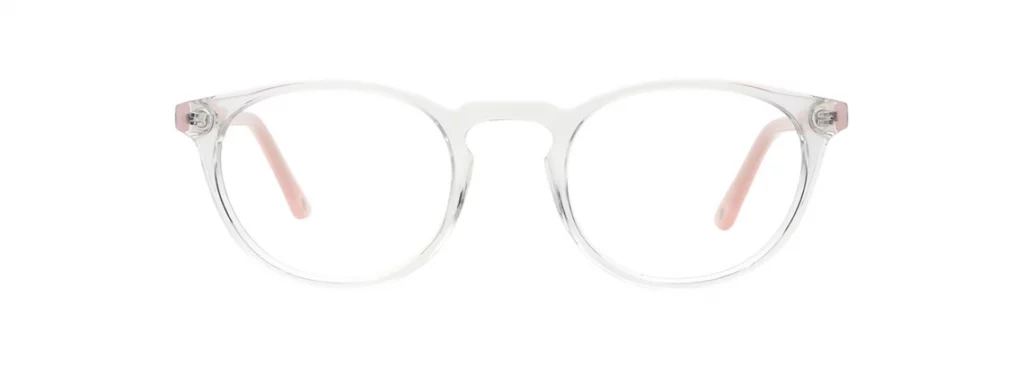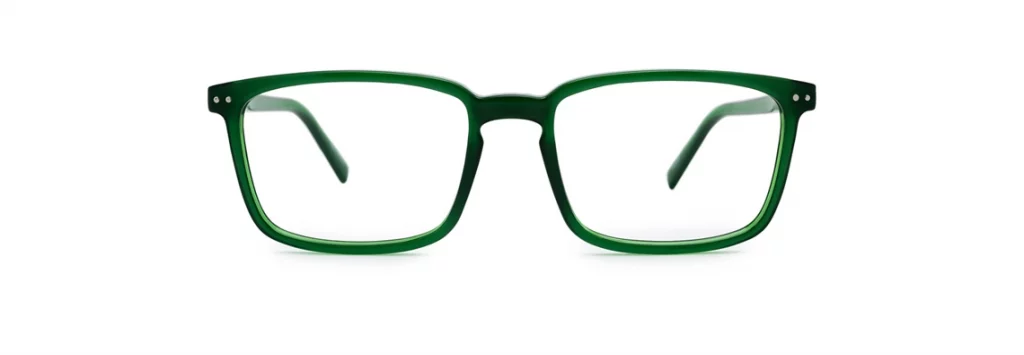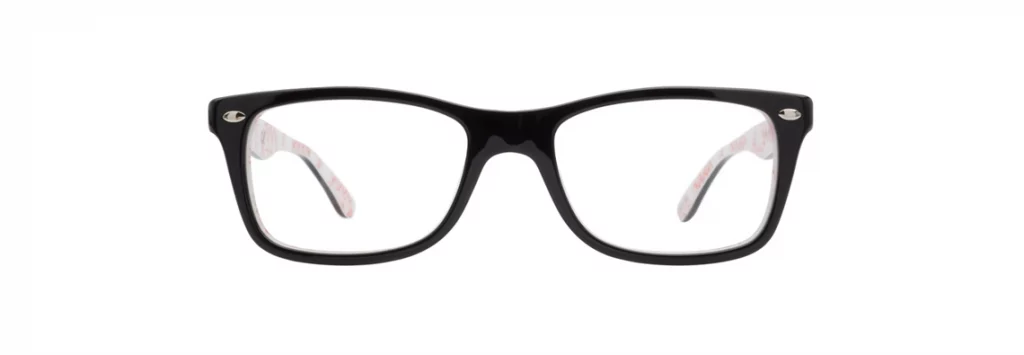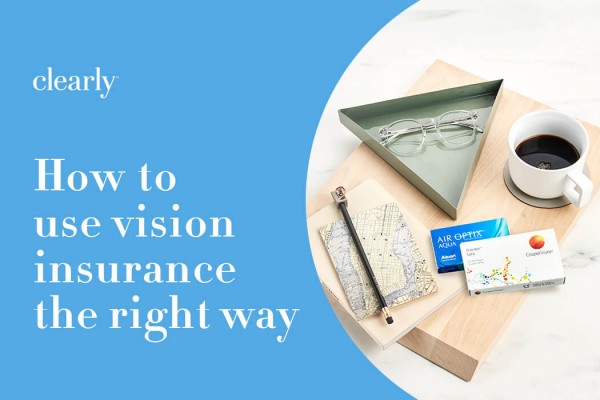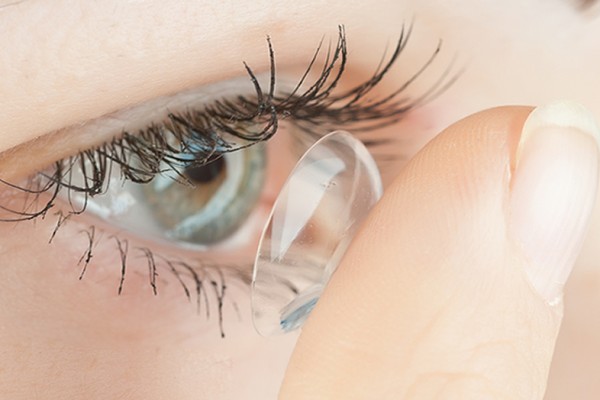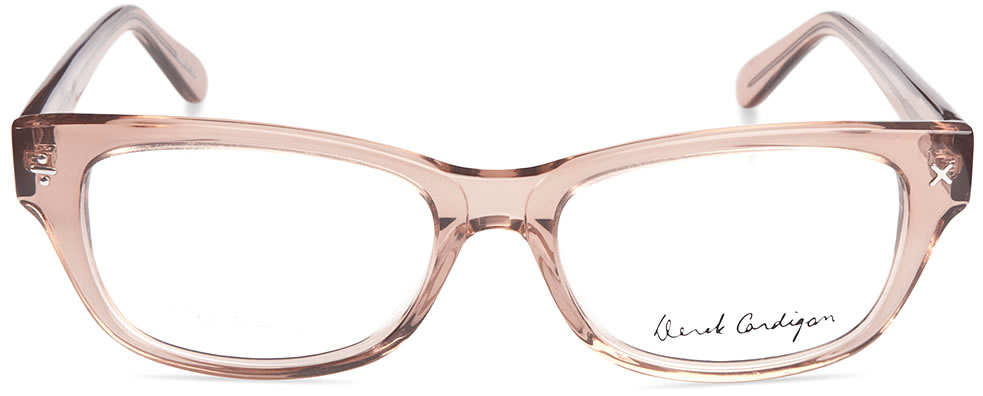This post is also available in:
![]() Français (French)
Français (French)
You wear distance glasses, but you’ve always been able to see things up close… Until now. Over the age of 40? It’s likely presbyopia, a natural change in our eyes while we age. And that’s where progressive lenses for your glasses can help!
Fortunately, presbyopia shouldn’t dramatically change your life. The best way to embrace this new challenge is to see your eye doctor, who will most likely recommend that you start wearing progressive lenses.
We brought in the pros. Find out which frames are best for progressive lenses with top tips from Dr. Justin Asgarpour, Optometrist and Chief Vision and Mission Officer, and Clearly opticians Chris Day, Megan Walsh, and Karl Chua.
- How to choose the best frames for progressive lenses
- How to be sure your progressive lenses are fitted correctly
- Five tell-tale signs your progressive lenses are poorly fitted
- Multifocal lenses: Progressives vs bifocals
- Pick your progressive glasses
How to choose the best frames for progressive lenses
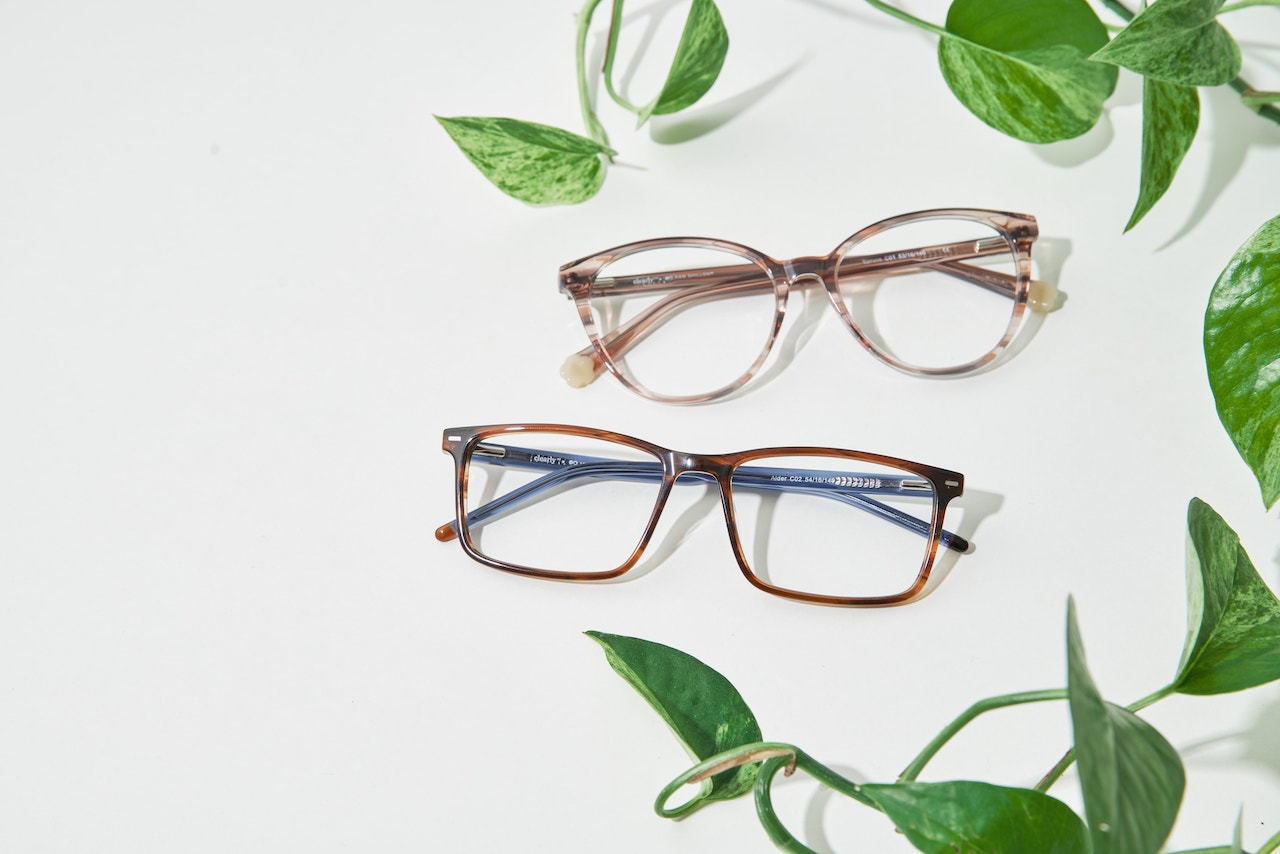
Optometrists say that you need to find a frame shape that can accommodate a lens height to fit your entire range of vision (reading, intermediate, and distance prescriptions) within your progressive lenses. Does that mean certain frame styles won’t work? More on that later.
“The ideal lens height or frame depth that’s required to experience clear and comfortable vision is at least 28mm,” Chua says. Here’s, how to find frames with the ideal lens height for your progressive lenses:
- Shop our selection of progressive eligible frames (with a minimum lens height of 28 mm)
- If you’re faithful to a specific brand or frame shape, select ‘Prescription Eligible’ using the filter for features on our website menu to narrow down your frame choices
Wondering which glasses look best on your face shape? Check out our face shape guide for glasses. The best frame shapes for progressive lenses are:
- Round glasses frames
- Browline glasses frames
- Square glasses frames
- Oval glasses frames
- Rectangle glasses frames
Round glasses frames
Round frames offer a studious charm that brings style and personality. Walsh says they’re ideal for people with a high prescription because “round lenses can be surfaced thinner than any other shape.”
Browline glasses frames
Browline glasses never go out of style and the iconic design will go with everything in your wardrobe. Browline progressives have the perfect blend of retro and contemporary, with a hint of movie-star appeal.
Square glasses frames
Looking for progressive glasses with a little bit of throwback flair? Square glasses can be understated and versatile, or ramped up to a statement-maker 1970s look if that’s your vibe.
Oval glasses frames
Oval glasses soften sharp, angular facial features. They can provide an understated look while adding a modern twist to a timeless design.
Rectangle glasses frames
A classic frame shape, rectangle glasses are a perfect choice for your everyday routine, with plenty of style options to bring vintage vibes or a contemporary update to your look.
Progressive glasses frame styles that you want to avoid
According to Dr. Asgarpour, Day, Walsh, and Chua, the most common frame shapes and styles that aren’t recommended are:
- Extreme cat-eyes and aviators, because the design can cut off some of the reading portion of the lens
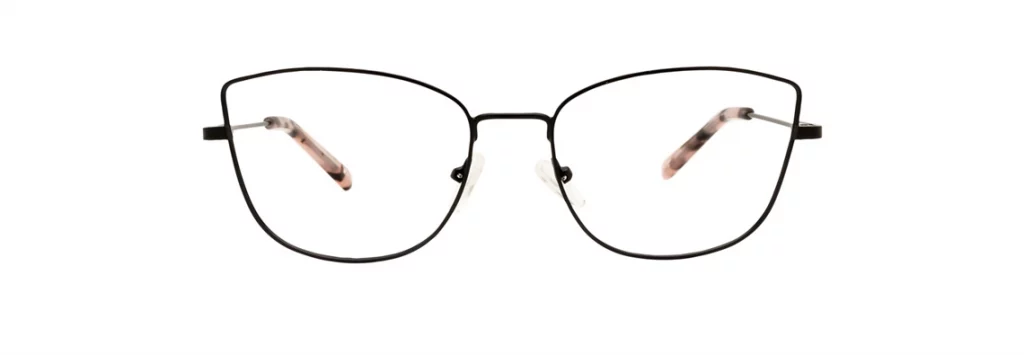
- Oversized or really narrow and shallow frames, because they can change the way that distance, intermediate, and near vision correction are fitted into the lens (affecting where you look through within the lens)
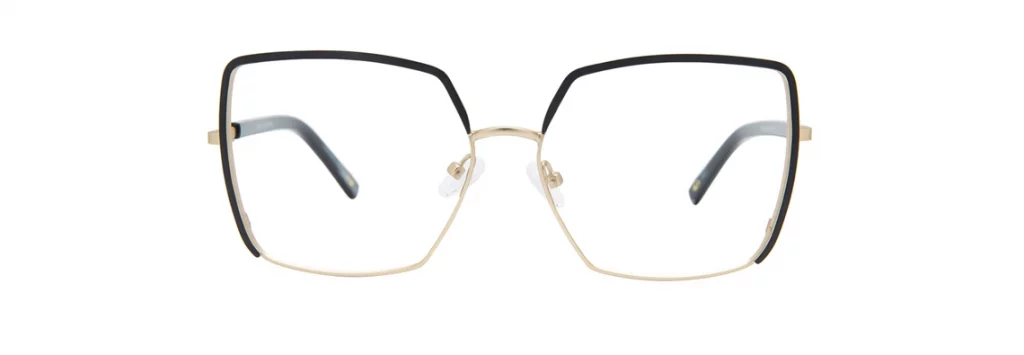
- Wraparound frames like sports glasses: because the design is stretched, it can interfere with the dynamic of a progressive lens
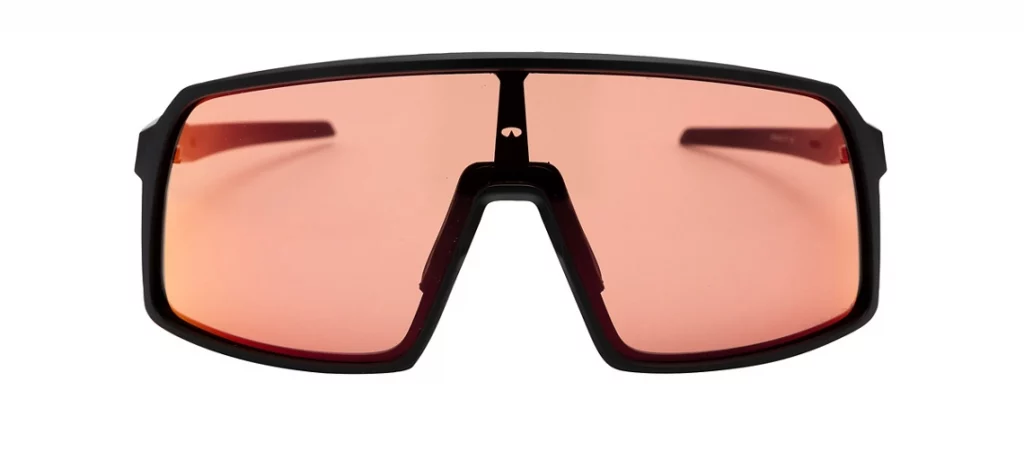
How to be sure your progressive lenses are fitted correctly

Adjusting to progressive glasses normally takes a bit of time – anywhere between a few days to two weeks. If you notice that you’re able to maintain your natural posture when looking through your new progressives without having to tip your head up and down to see properly (when reading a book or walking down the stairs), that means they’re perfectly fitted: your prescription is centred in the lens and the lens matches up with your pupil.
Before ordering a pair of progressives, your eye care professional will take these two measurements:
- Pupillary distance (PD): the distance between the centre of your pupils determines where your pupils sit behind the lens before the lens is cut to fit the frame, to ensure that the prescription is centred on your pupils
- Segment height: the height between the centre of your pupil and the bottom of the lens for each eye (where extra magnification for nearer viewing begins and increases as your eye travels downward through the lens)
If you’re ordering your new pair of progressives online, make sure to enter the details from your most recent multifocal prescription (including your PD). Our system will automatically calculate your segment height.
Usually, once your progressive glasses have been made with your prescription, your optician or eye doctor will ensure they fit well for you and make any final adjustments if needed.
However, if visiting an eye doctor near you is not possible or if you ordered online, contact us by giving us a call at 1-866-414-2326.
Five tell-tale signs your progressive lenses are poorly fitted

1. You’re having trouble finding the reading area of the lens while maintaining a normal posture.
Your segment height or PD measurements could be different than your actual measurements, or they might have been mounted incorrectly. If that’s the case, come see us in store or contact us at 1-866-414-2326.
Here’s how to measure your PD at home. Be sure to take your time and do it a few times to ensure accuracy. Whenever possible, we recommend getting those measurements from your eye care professional.
2. The peripheral areas are blurry.
Your frames might be too far away from your eyes. Move your frames closer to sit higher on your nose by adjusting the height of your frames.
Avoid moving your eyes to look left or right. Instead, move your head or use your nose like a camera and point at what you want to look at. Learn how to adapt to wearing progressive glasses.
3. You tilt your head up and look through the lower part of lens to read.
“Your lenses might be sitting too low on your face and your frames need to be raised,” Day says. Tighten the temples of your glasses (for plastic frames) or move the nose pads closer (for metal frames). Then, test them out: look down the lens and point your nose at your reading materials until the text comes into focus.
Learn how to adjust glasses. If necessary, visit your nearest eye care professional with your glasses: your lenses might need to be refitted.
4. You tip your head or glasses down for distance vision.
Your frames might be sitting too high on your nose and your frames need to be lowered.
Loosen the temples of your glasses (for plastic frames) or push the nose pads apart (for metal frames). Then, look straight ahead and make sure your vision is clear while looking into the distance. Pro tip: point your nose toward or look at an object at least 20 feet away until it comes into focus.
Learn how to adjust glasses. If necessary, visit your nearest eye care professional with your glasses: your lenses might need to be refitted.
5. Your distance vision is blurry and you’re having trouble finding the distance vision area of the lens while maintaining your normal posture.
When you lower your chin to look through the upper part of the lens, you’re looking through the beginning peripheral areas of the lens. If that’s the case, your frames need to be lowered.
Multifocal lenses: Progressives vs bifocals
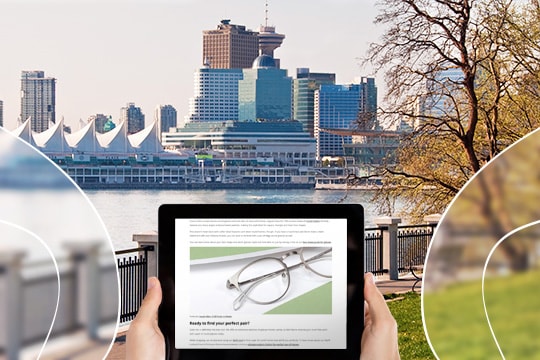
Progressive lenses, such as Standard Progressive and Premium Progressive lenses, offer more benefits than bifocals (which only allow for distance and near vision correction, without intermediate vision).
With progressive lenses, you’ll be able to see at all distances, including the intermediate vision that you need to clearly see things within an arm’s length, like your car dashboard, computer screen, kitchen counter top, or grocery store shelves.
Progressive lenses don’t have a visible line across the lens like bifocals (that separate the two different prescriptions, which causes “image jump” when you switch focus between near and far). This means you can expect a seamless transition when you switch focus between various distances. Of course, the subtle, stylish finish of progressives is a huge perk, too
Ready to choose your progressive glasses?
You’ll enjoy the advantages of progressive lenses when they are correctly fitted to your frames – and of course, when you also have the right frames to fit your face, and you’re well-adjusted to wearing them.
If you’re unsure how to find the right frames or lenses, come see us in store or contact us by giving us a call at 1-866-414-2326.
Read more:
- How to measure pupillary distance (PD)
- How to measure segment height
- How to adapt to wearing progressive glasses
See you on social!


